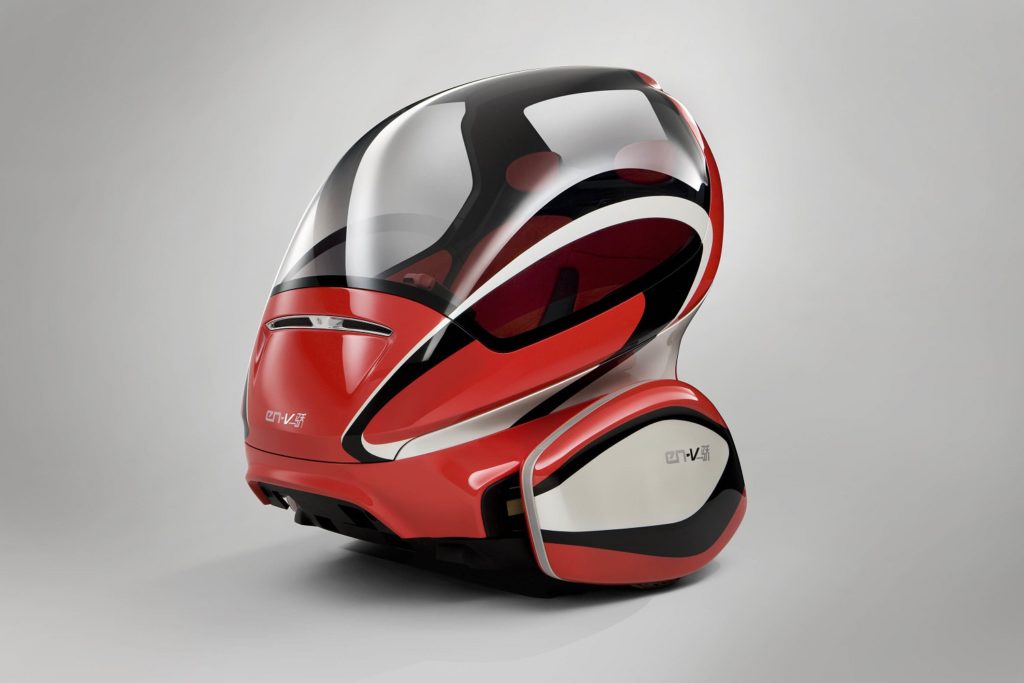Last time I made a list of technology to look out for – things that I thought would come to play a large part in our lives in the years to come. But that was easy. Let’s try something harder. Let’s try to predict what might not come to dominate our lives in the near future.
Please note that these are my predications. You are free to disagree with them and time is free to prove me wrong whenever it should see the need. Honestly, I’d love to see myself proven at least a little wrong here. But, so far as I can see, the following are not likely to be major parts of our future, however interesting they may be to think about.
__________________________________________________________________
What You’ll Probably See Less Of
Nanobots In Our Guts Talking To Our Doctors

As the title suggests, the idea is to put nanobots in our guts that monitor our health. These can communicate wirelessly with a device which can relay your health conditions in real-time to your medical professional. For the disabled or the elderly, I really hope this comes to wide use. However, unless it is an absolute necessity, I think almost no one wants to have their biometric data constantly recorded and transmitted to anyone else, even if it supposed to help.
Goggles, Gloves, and Great Gripping Gear

Much as we love the technology right now, I just don’t see a big future for augmented reality or clamp-on immersion.
Here’s the thing – people with amputations do not want artificial limbs. People with cosmetic damage to their bodies do not want artificial parts. People with poor vision do not want artificial eyes. Certainly, in the absence of better options, we take what we can get – a metal hook, ceramic teeth, and little sheets of bent glass on our face.
I think novelty and necessity draw us toward artificial additions and improvements to our simple organic selves. But I think lasting technologies will be those that recognize that inside we are animals and wish to remain so. We don’t want things tied to us, fused to us, or buried deep inside us unless we have to. Think about how many people switched to contacts instead of glasses and then Lasik instead of contacts. There are powerful cameras everywhere, but people just wanted to get to normal – no special sci-fi additions. If we wanted to see farther, we’d pick up binoculars or use the zoom functions on our phones.
Think about the disappearance of watches. Other than as deliberate style items or the novel new smart watches, they have nearly vanished from regular use because the time (which people weren’t checking all that often anyway) was readily available in your pocket, where it wasn’t stuck to you. How long did people use bluetooth ear buds, a clearly very useful product, before dropping it to go back to holding their phones against their ears? I think we just don’t like having things stuck to us for more than a few minutes at a time unless we absolutely must. And, in the case of much of this gear, we don’t.
But don’t listen to me. Listen to this guy.
Autonomous Vehicles

Stop yelling at me. I know. I know that, too. I know that there are a idiots on the road. Yes, lots of them. Yes, I know that a managed system could have us almost bumper-to-bumper at high speeds with minimal risk. No, this isn’t about the irony of Windows “crashes” at high speeds. Yes, I also love the idea of getting to nap or work or read or just be drunk while my car is zooming down the road at 100 mph. Seriously, I get it. Can I make my points now?
First point: Shot in the dark, I’m guessing about 12.5% of the population is elated at these three burgeoning technologies. I’m guessing a similar but larger percent of the population is utterly terrified by them and will fight them like the South fought the North. Bad example, but you see what I’m saying.
Second point: Consider the difference between a missile fired by a pilot and a missile fired by a drone. A missile isn’t a drone, btw. It’s at best a robot – a complicated calculator. The pilot chooses where that missile goes. The missile’s only job is to hit the target. If it’s the wrong target, then it’s the pilot’s fault. There is a human to choose carefully and a human to deal with the consequences.
If the missile is fired by a drone without a human somewhere in the loop, and the target turns out to be an invalid target, who is to blame? You can’t get mad at the drone and the drone won’t live with that for the rest of its life. A human might have made sense out of conflicting data that a drone couldn’t. Where lives are at stake, I personally believe that a human needs to be in that process somewhere.
Last point: Some people drive because it is how a person gets from point A to point B most efficiently. They have better things to do with their commute and, if we had a better mass transit system in this country (you know, like everywhere else in the world), they’d be on it.
But some people drive because they like driving and aren’t concerned about how efficient it is. Even with a mass transit system, they would still find a way to control their own transportation. That does not make them inferior. That makes them differently independent, choosing one kind of independence over another.
Autonomous vehicles may yet become a bigger part of our world (as they should). But it is unlikely to ever displace that hardcore 37.5%. These same people are unlikely to want health-tracking nanites flowing through their veins or some gadget permanently attached to their heads. They’re not fools. They’re just regular folks. And if you haven’t met many of them, you should. They’re everywhere.
__________________________________________________________________
I don’t want to be a downer for these technologies. They’re awesome. Seriously awesome. I want people exploring new things like this, even if I’m not convinced they’re all that viable [link to Mecha]. So don’t stop what you’re doing. Keep on tech magicking.
Cya next week for the conclusion.
– CG
